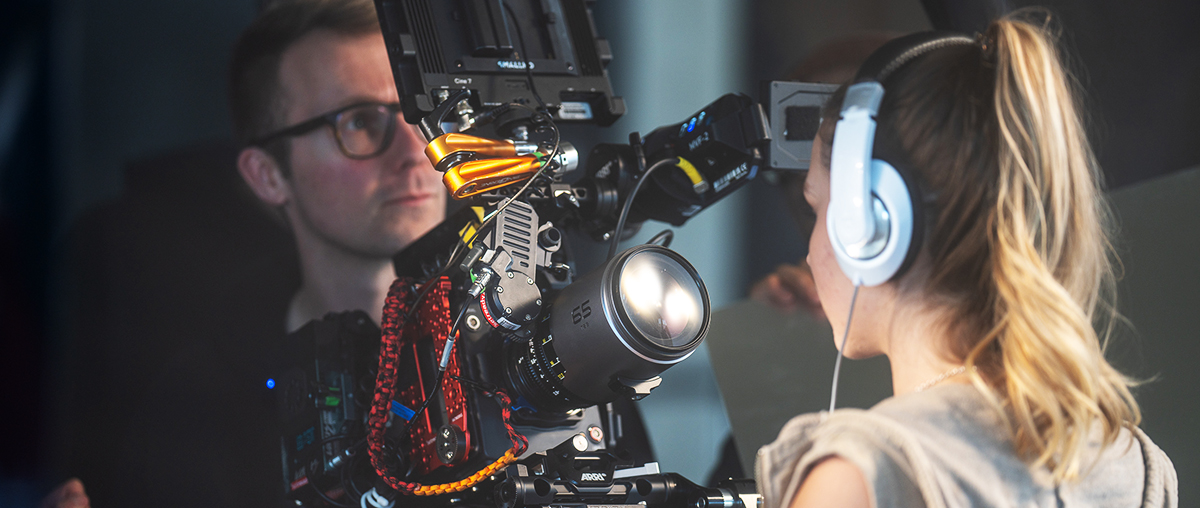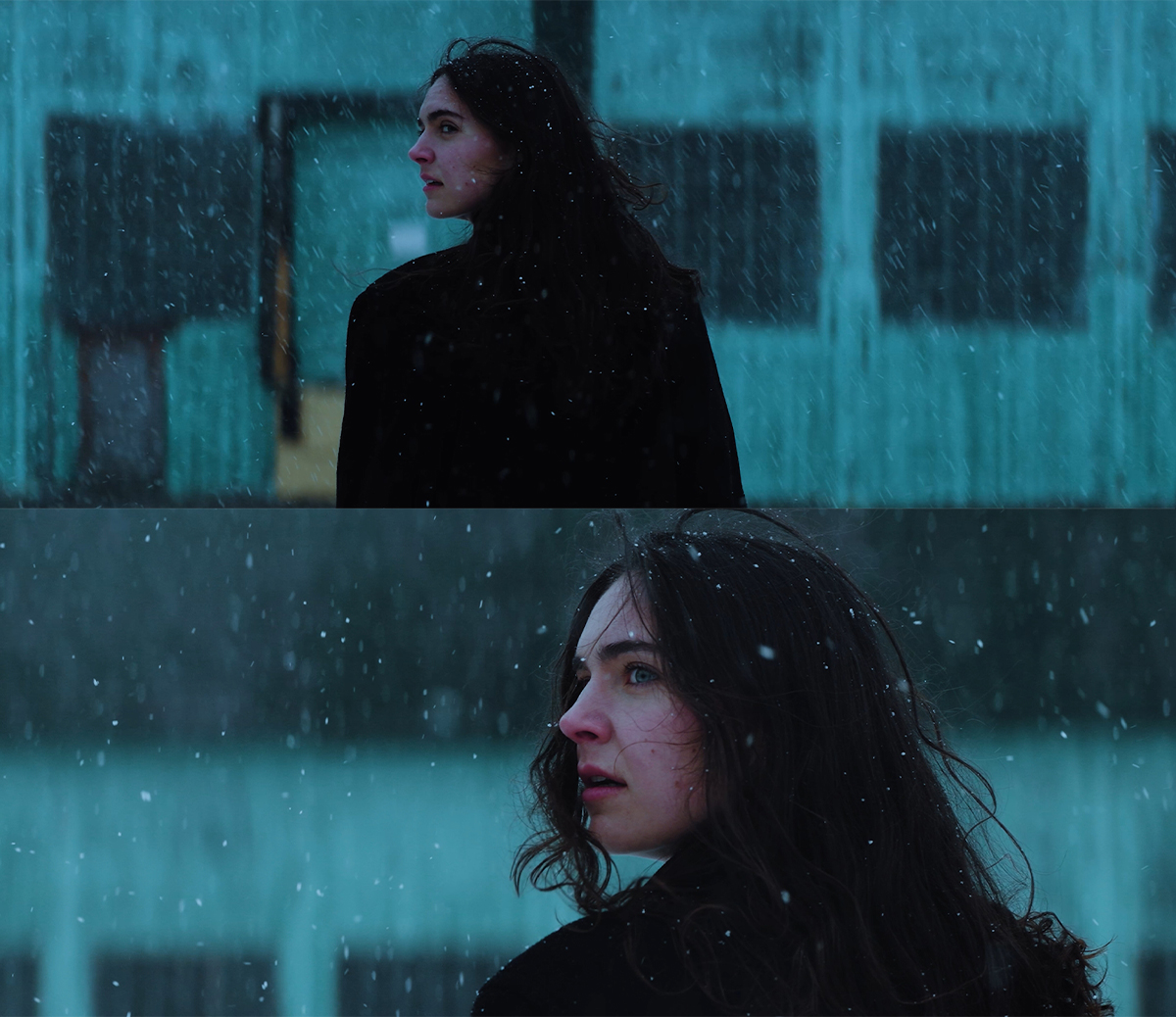Understanding the Anamorphic Lens
An anamorphic lens plays a pivotal role in the realm of filmmaking, offering a unique method for capturing images with a distinct aesthetic quality. These lenses are designed to compress the image horizontally during filming, which allows for a wider field of view when projected. Specifically, when filmmakers utilize an anamorphic lens, they can achieve a cinematic experience characterized by remarkable depth of field and cinematic flares. The application of anamorphic lenses is particularly pronounced in genres such as action and science fiction, where expansive environments and dynamic visuals enrich storytelling. Notably, their origins in the 1950s have paved the way for modern filmmaking techniques, making them a standard in contemporary cinematography. Consequently, understanding their mechanics and aesthetics is essential for aspiring filmmakers who wish to elevate their visual narrative through sophisticated lens technology.

The Use of Anamorphic Lens on Film Cameras
The incorporation of an anamorphic lens on film camera systems transforms standard video shots into compelling compositions. Filmmakers have noted that utilizing this lens not only broadens the visual aspect ratio but also introduces a signature bokeh effect that is often sought after in high-quality productions. For instance, directors such as Quentin Tarantino and Christopher Nolan have famously embraced anamorphic lenses, enhancing their films’ visual storytelling and emotional resonance. Additionally, working with these lenses requires an understanding of how they influence lighting; reflections and lens flares can add a dramatic tone that may enhance or alter the intended mood of a scene. As a vital tool in the cinematographer’s toolkit, understanding the practical adjustments required when using an anamorphic lens can significantly impact the creative process.
Benefits of Using Anamorphic Lenses
The advantages of employing an anamorphic lens are multifaceted and profoundly affect the visual narrative. One of the most significant benefits is the ability to capture a wider field of view without compromising the subject’s detail and quality. This characteristic is especially crucial when filming large outdoor scenes or intricate cinematographic projects that require rich detail across dimensions. Moreover, anamorphic lenses provide a cinematic depth that enhances viewer engagement, as the viewer’s eye is naturally drawn into the composition, creating a more immersive experience. An essential consideration for content creators involves the characteristic oval bokeh produced by these lenses. This phenomenon sets apart the aesthetic quality of films shot with anamorphic lenses from those utilizing conventional spherical lenses. Such nuances offer filmmakers unique creative solutions that resonate with audiences on both artistic and emotional levels, reaffirming the lens’s importance in modern visual storytelling.

Conclusion and Brand Recommendation
In summary, the application of anamorphic lenses in filmmaking is indispensable for achieving cinematic depth and aesthetic quality. Their ability to enhance storytelling through visual composition has marked them as a preferred choice among industry professionals. For those seeking to invest in high-quality anamorphic equipment, it is essential to choose a reputable manufacturer with supply advantages. Dzofilm stands out as a leading provider of advanced anamorphic lenses, offering a range of products designed to meet the rigorous demands of modern cinematographers. Their commitment to quality and innovation positions them as a favorable choice for filmmakers aiming to elevate their craft through sophisticated lens technology.